Figures & data
Figure 1 Characteristics and targets of frequently used species in animal models of pneumonia.
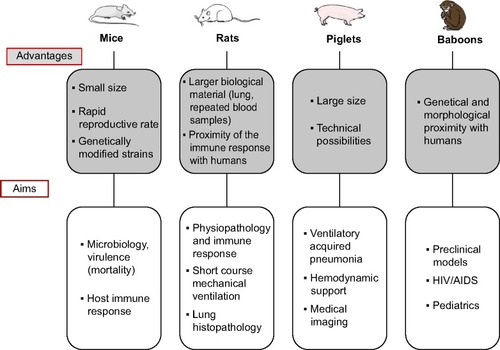
Figure 2 Whole-body inhalation exposure system.
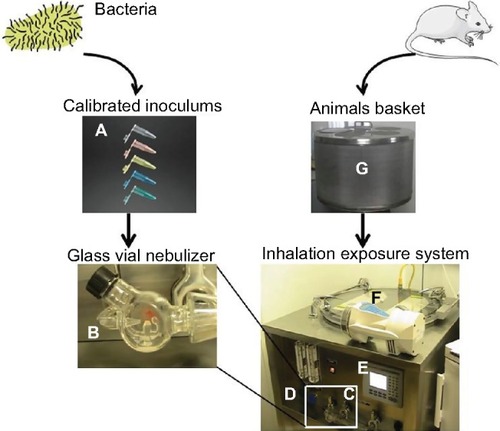
Figure 3 Chronic pneumonia model using agar beads: main steps.
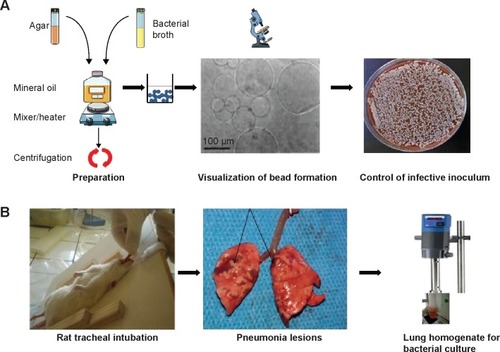
Figure 4 Histological pictures.
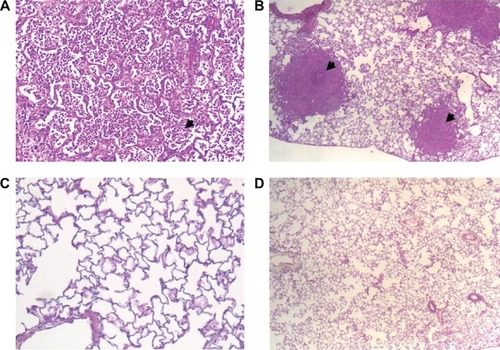
Figure 5 Pathophysiological mechanisms explaining the severity of a Streptococcus pneumoniae pneumonia following an influenza virus lung infection according to mice models.
Abbreviation: A1AT, alpha1 antitrypsine; LYZ, lysozyme; NE, neutrophil elastase; LT, T lymphocytes.
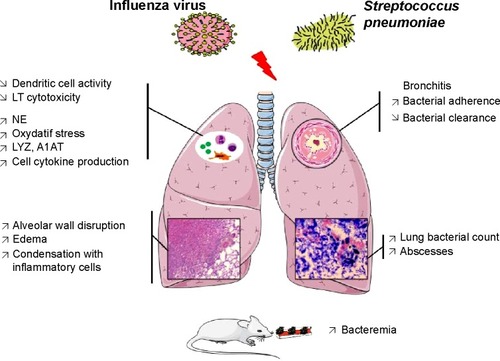
Table 1 Characteristics of the major pathogen associations described in animal models of pneumonia
